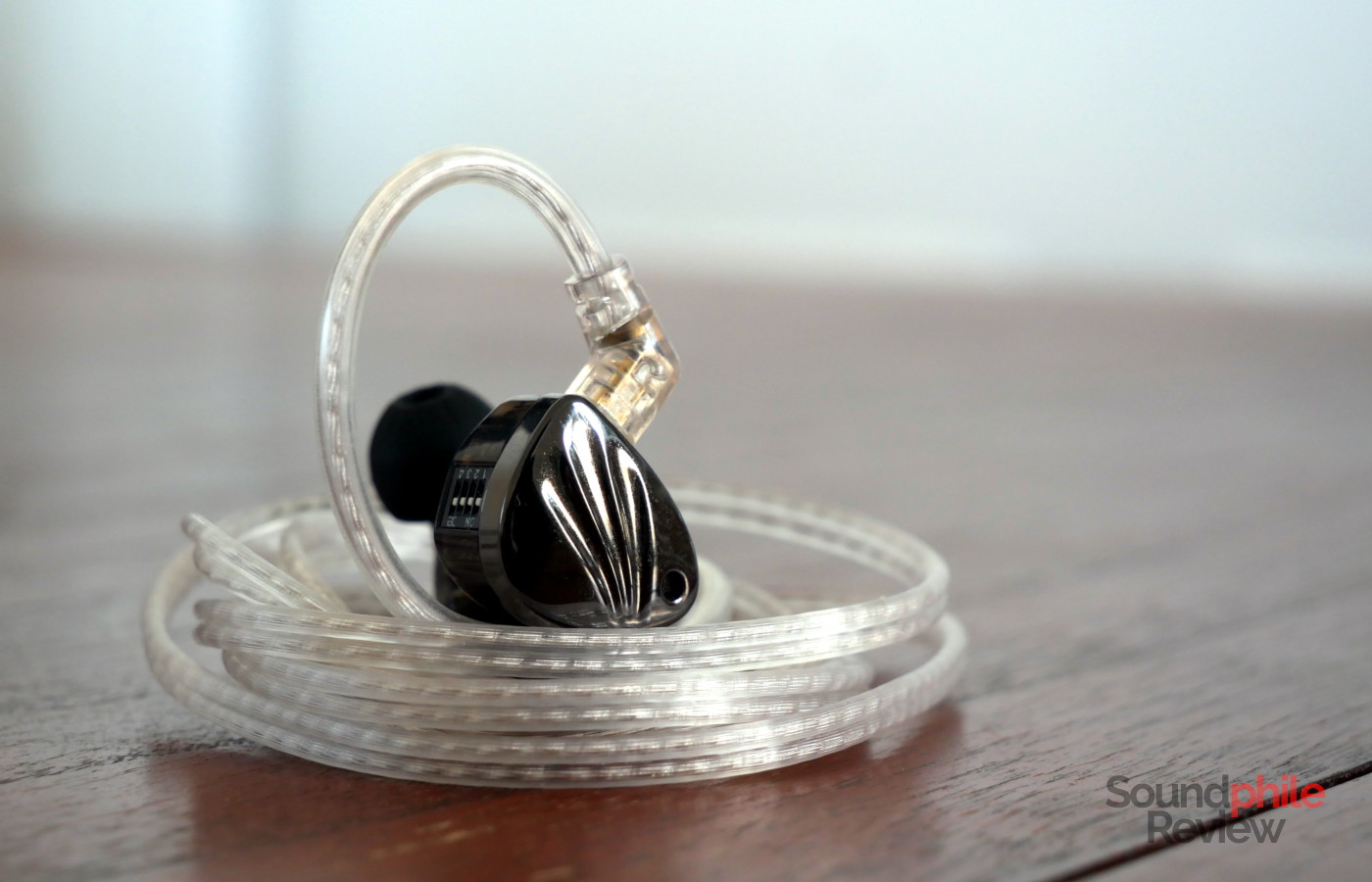KZ’s new hybrid earphones target the entry-level area of the market, but that doesn’t mean they don’t sound good. In fact, KZ is so confident that they do that they say they’re the best-sounding earphones under $1,000. The new KZ Krila have lots of ambition, but will that correspond to actual performance? Let’s find out.
Disclaimer: I received a unit free of charge directly from KZ. They sponsor the blog. The Krila are sold for $16. You can buy them from Lazada or Amazon (click below).
TL;DR: recap
| Pros |
Cons |
| + Very comfortable
+ Well-built + Very well balanced sound signature + Great technicalities + Superlative value |
– Hot treble
– Limited switch effect – Limited passive isolation |
Rating: 9.5/10
Packaging & Accessories
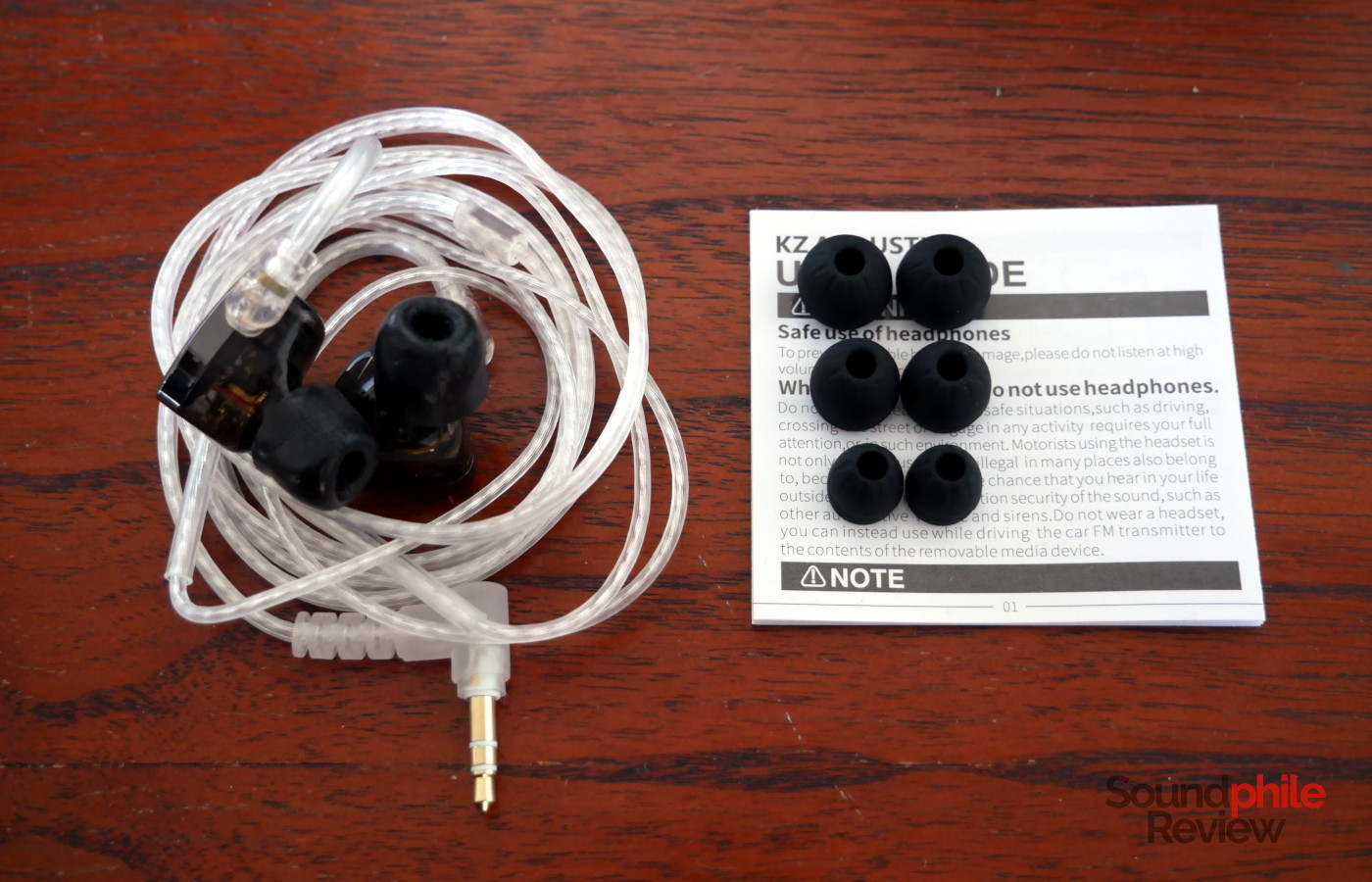
The cardboard box which the SMSL AO200 MKII comes in contains the amplifier itself, a remote (with no batteries, requires AAA batteries), a power cable and a manual.
Design & Comfort
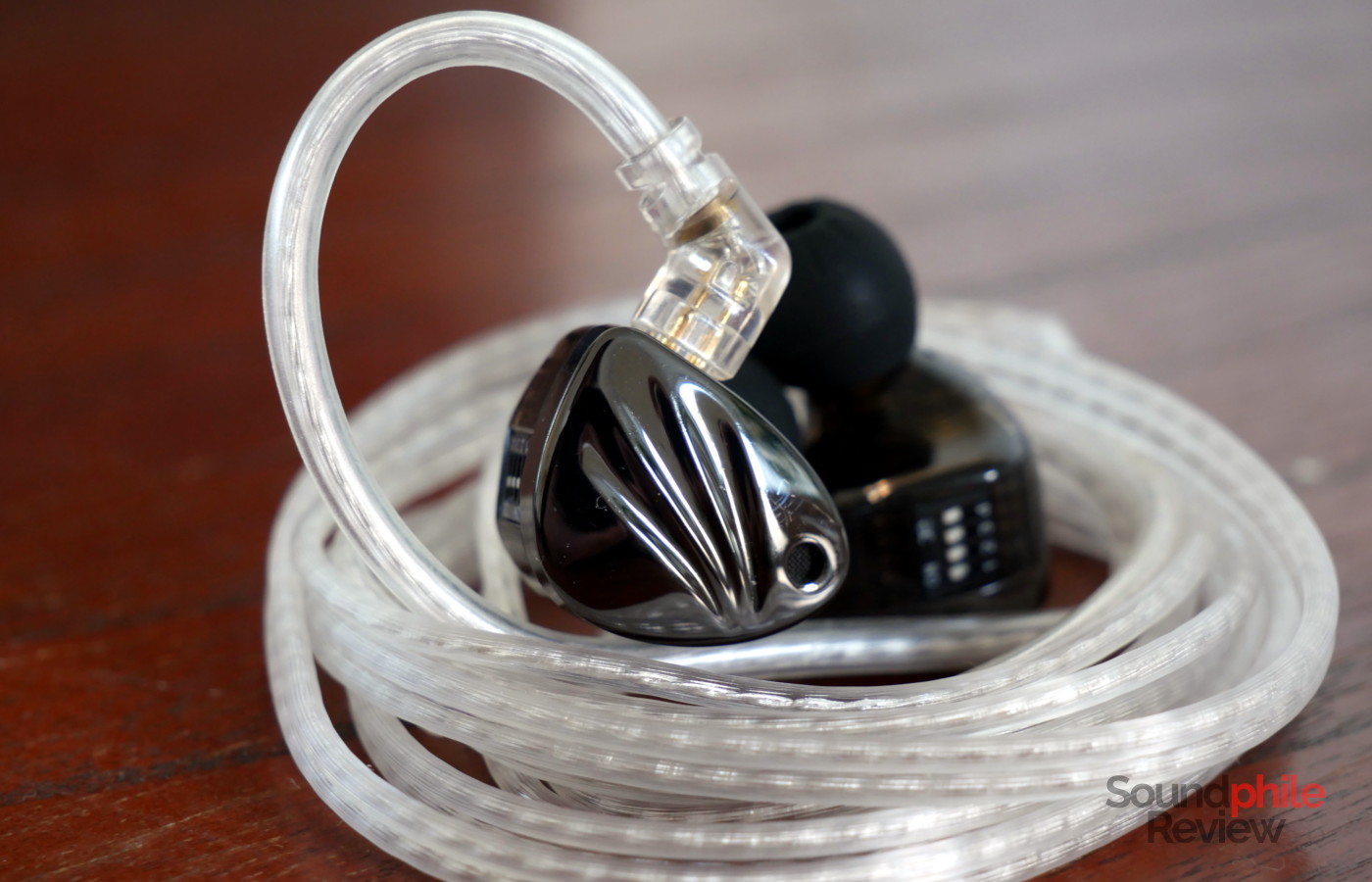
The KZ Krila’s shells are roughly triangular, with smooth edges and curved corners. The faceplates are made of milled metal, with four ridges on them. In the lower corner there’s a small vent, covered by a fine mesh. The rest of the shell is made of transparent black plastic.
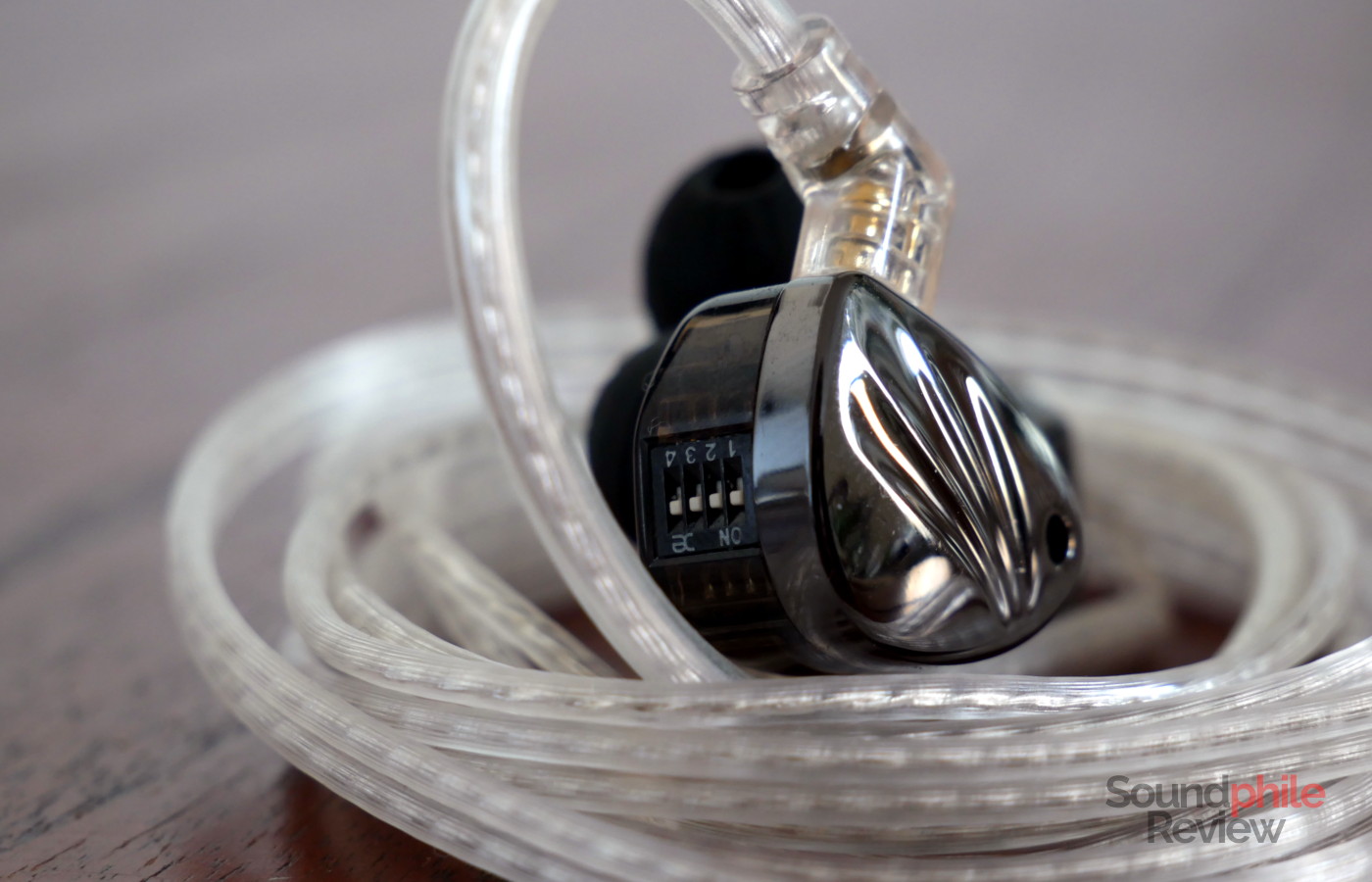
One thing I noticed is that that switches are upside down on the right hand side – in other words, they are pointing downwards when they’re enabled. I wondered if this was a mistake during manufacturing, but my contact at KZ told me this is a deliberate choice “because it’s not just [a] simple point about the order of upside or down when you take out the earphone from the box to turn on the switch, but the point is the inner circuit and space, and then wire layout in it. Compare[d] to the traditional switches layout, we save a lot of button space, so as to [make] it look elegant even if with 4 switches.”
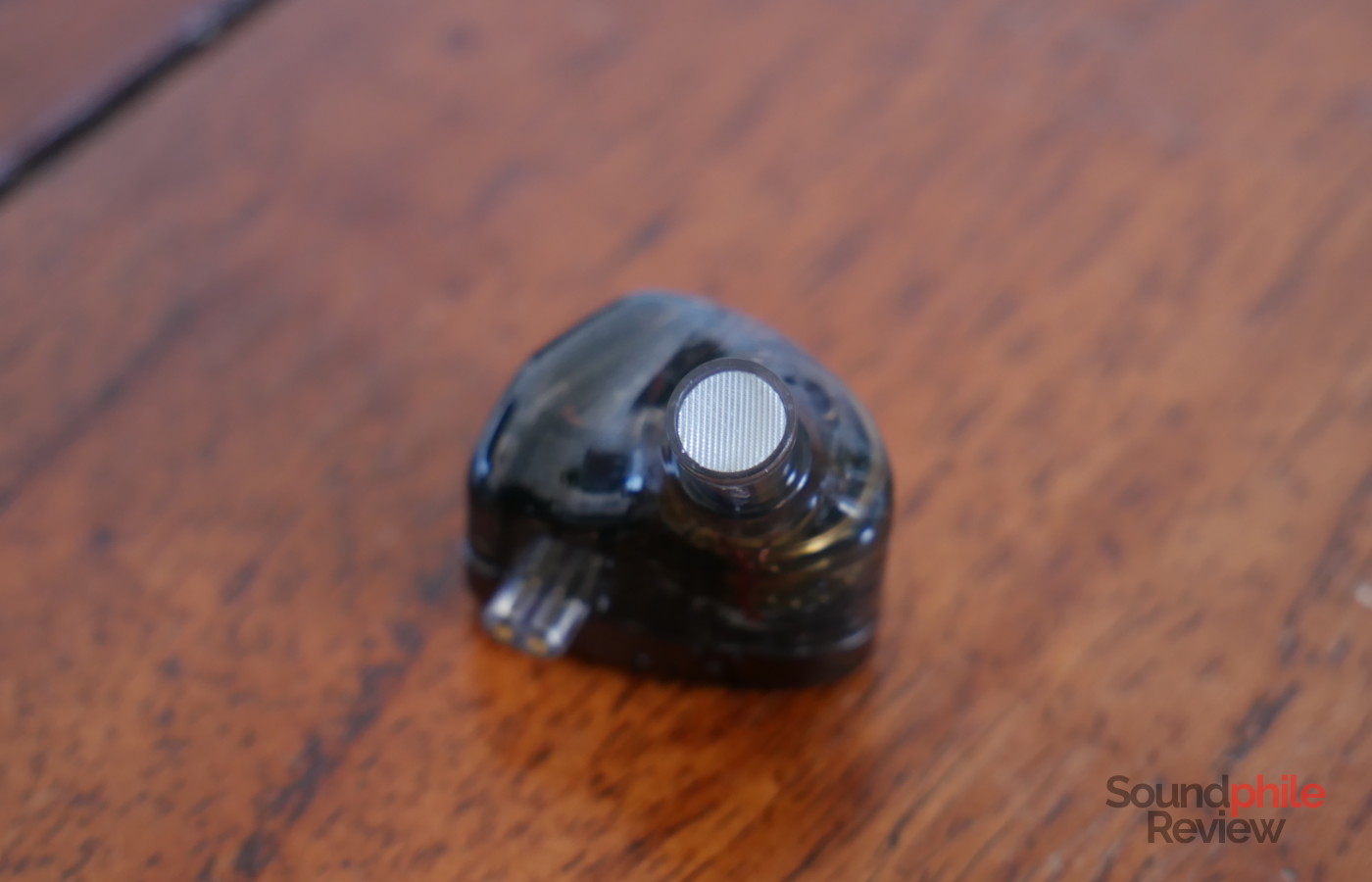
Overall, the build quality is very good relative to the asking price, and the KZ Krila look and feel durable enough.
Comfort is great, at least in my case, as the shell is small enough to fit in my ears without any issues, even for long periods of time. This might be different if you have very small ears, but if you have average or large ears the Krila will probably fit very well.
Passive isolation is sufficient, but nothing more, even when using foam tips. To make an example, in my relatively silent room I can still hear the Epomaker TH80 Pro keyboard when I type on it, despite it having silent linear switches.
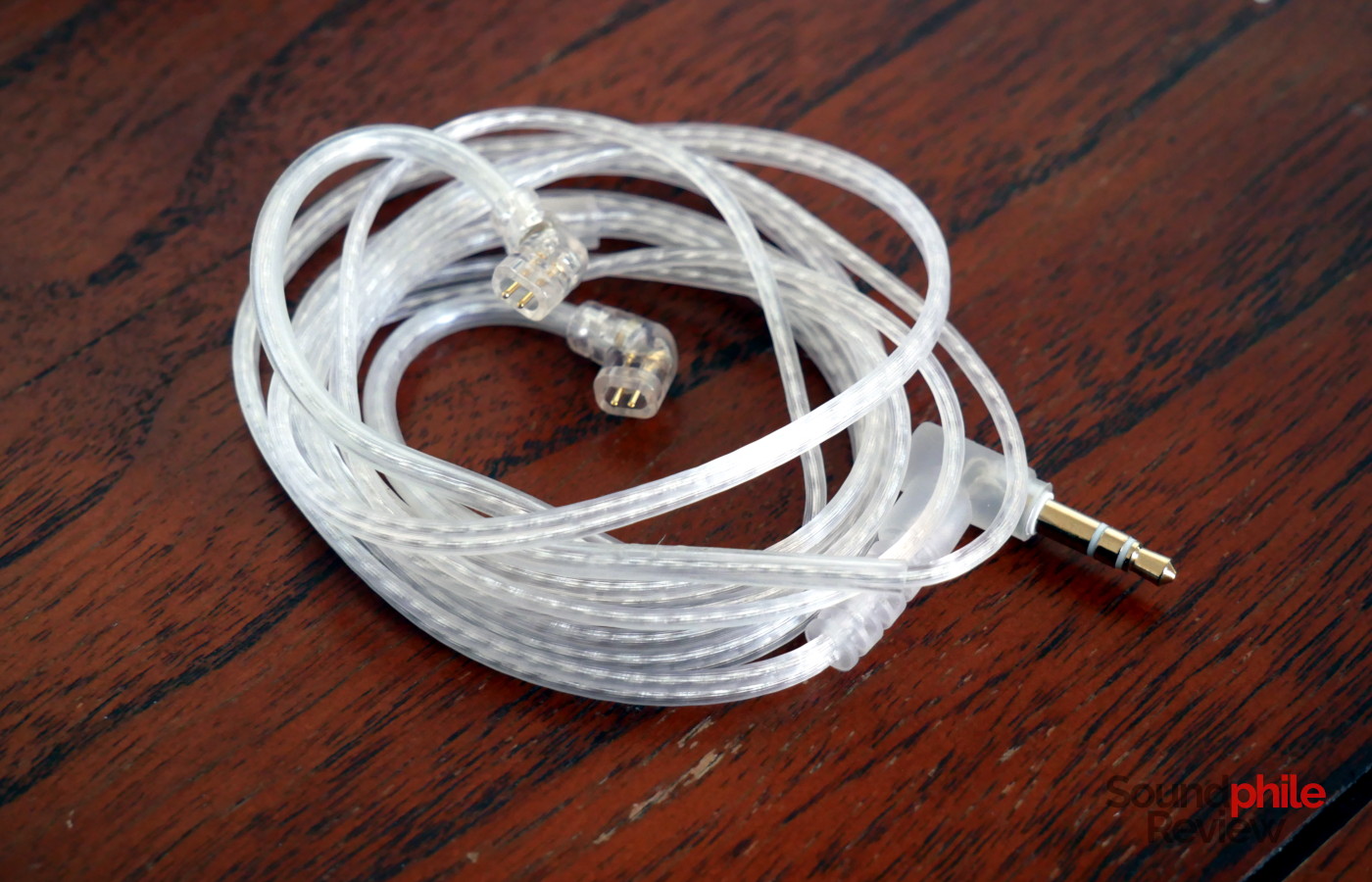
The cable is the usual one KZ has been providing with most of their earphones for a while now: a silver-plated cable with two cores, paired and runninug side by side between the right-angle 3.5 mm jack and the Y-split. It is somewhat prone to microphonics, but this is overall manageable.
Sound & Specs
I have tested the KZ Krila using an SMSL DO400 and a Hidizs AP80 PRO-X.
KZ Krila |
| Frequency response | 20 – 40,000 Hz |
| Impedance | 28 – 36 Ω |
| Sensitivity | 106 ± 3 dB |
A small preface on the language here: bear in mind that it is in relation to the price, rather than in absolutes, although many of the considerations made here apply well above the price range of the Krila.
The soundstage on the Krila is quite wide for closed-back in-ears, though the feeling of space is limited and it sounds like music is playing in a relatively small room rather than in a large space. I’m absolutely impressed by the imaging on these, as instruments are placed across the whole right-left spectrum and have well-defined, precise positions: as an example, in Iron Butterfly’s In-A-Gadda-Da-Vida, during the drum solo, you can follow the position of the drums across the stage with great precision. Instrument separation is superb, even with relatively complex tracks such as Snarky Puppy’s Take It!.
Bass is very fun, but not in the sense that it’s overly abundant. It’s fun and physical, with fast transients and short decay which make it quite speedy and, in turn, make it very enjoyable. Take the drums in Snarky Puppy’s Gemini, or the bass hits in Ghost Rider’s Make Us Stronger: in both cases they’re fast and hard-hitting and impressively tight. In terms of sheer quantity, I find bass to be just right to adapt to most music genres without sounding neither excessive nor too reserved. Extension into sub-bass isn’t superb, but the Krila get to 40 Hz with enough power that it’s only the lowest notes which aren’t represented at full volume. The level of detail and layering is superlative.
The same considerations regarding speed I wrote about bass also apply to midrange, which is significantly fast and – again – entertaining. In terms of tonality, both male and female vocals display what sounds like a correct representation to me, with no preference towards either. There is a slight colouration that favours the upper region, but it’s so slight it’s not even noticeable in most cases. Detail is nothing short of superb, and so is layering.
Treble is the only area which has issues, in my opinion. There is a peak around 12 kHz which is quite significant and which can get quite fatiguing if the music you listen to already has a lot going on in that area. Reducing treble around 12 kHz by 5 dB largely tames it, making it much more manageable and pleasant, which is great as treble is actually very detailed and it has great extension. These two things, in turn, help it sound rounded and variegated. Again, we find great speed here, which contributes to detail being so good.
The KZ Krila come with four switches which allow you to alter their tuning. The default configuration, so the one the earphones come in from the factory, is with all the switches turned on. That configuration increases bass by a significant margin, while also reducing treble. I think this was a safe choice on KZ’s part as this is the configuration which sounds the best to me. It is also the one I described above. There are 16 different configurations which you can use (2⁴), which are too many to list; as the first three switches actually do the same thing, here are the main configurations you can use:
- Switch 1: it raises bass by 1 dB;
- Switch 1+2: bass rises by 2 dB;
- Switch 1+2+3: as you may have guessed, bass is raised by 3 dB;
- Switch 1+2+3+4: this one boosts bass by 3 dB, but it also slightly reduces the treble a bit. While it is not enough to tame the peaks, it does reduce them and make them a little bit less aggressive.
Final Thoughts
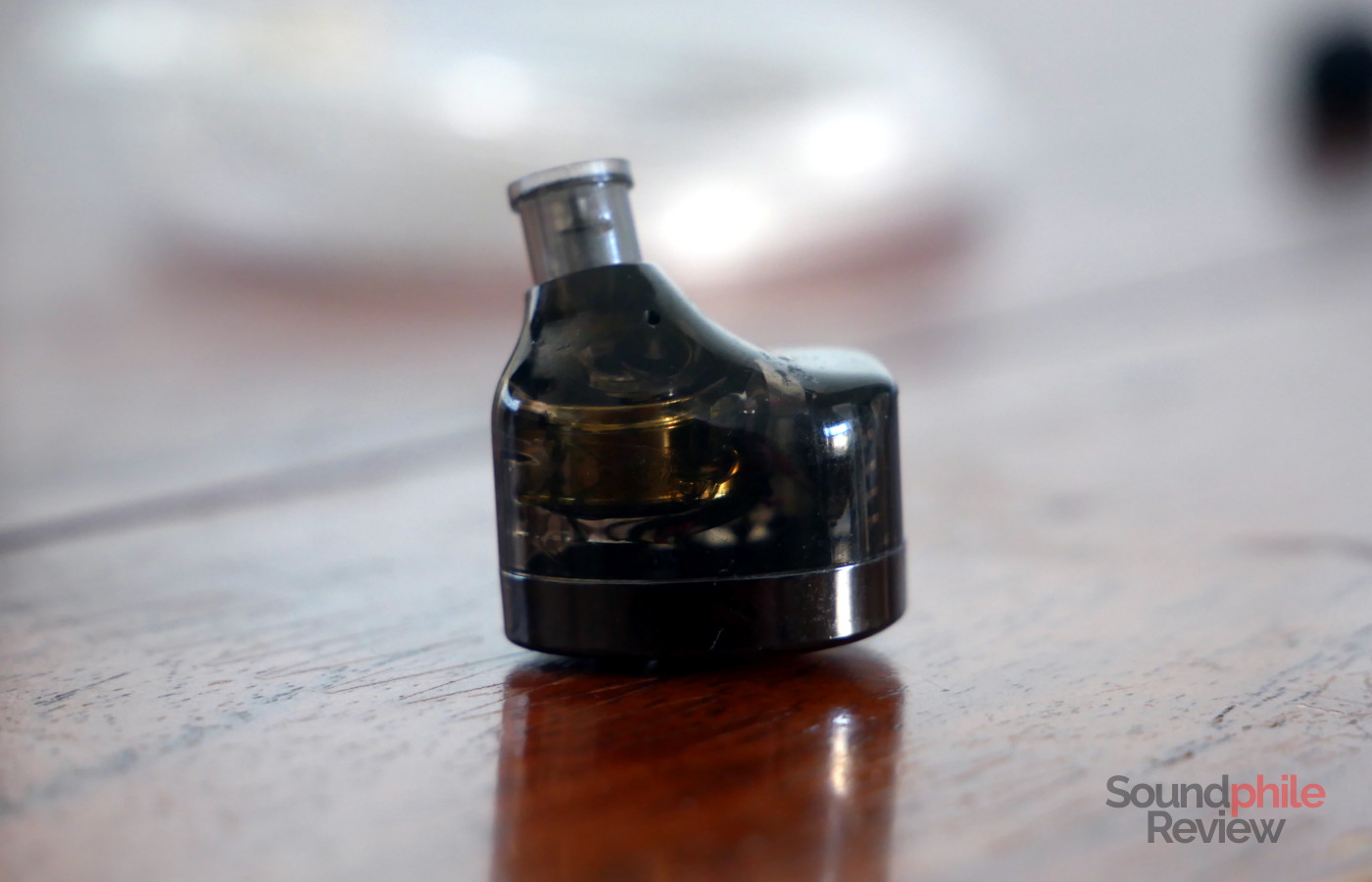
I’m not entirely convinced by KZ’s claim that the Krila outperforms any other earphones under $1,000 (here’s a textbook euphemism!), but boy are these earphones something. They surely offer a lot of value for their asking price and they are a real testament to how far the industry has come since I started this blog back in 2016. If you’ve been following me for a bit, you know I don’t like exaggerations and hyping; that said, I really am impressed by the KZ Krila as they sound much, much, much better than their price would make you think. In fact, they sound much better than many earphones three, four, even five times the price I’ve listened to over the years, not just in terms of pure sound signature but also in terms of technicalities. Which, again, is quite significant from the wider perspective of the evolution of the audio market and technology.
Surely the KZ Krila are not flawless, as the upper region especially could in my opinion benefit from being reined in a bit, but overall it’s very hard to fault these earphones given the asking price. They also show KZ’s own evolution, away from their classic V-shaped sound and from copied shell designs and onto more balanced designs – in every sense. The Krila are really easy to praise: at less than $20, these earphones are simply fantastic. I hope to see more earphones like these from the company.

